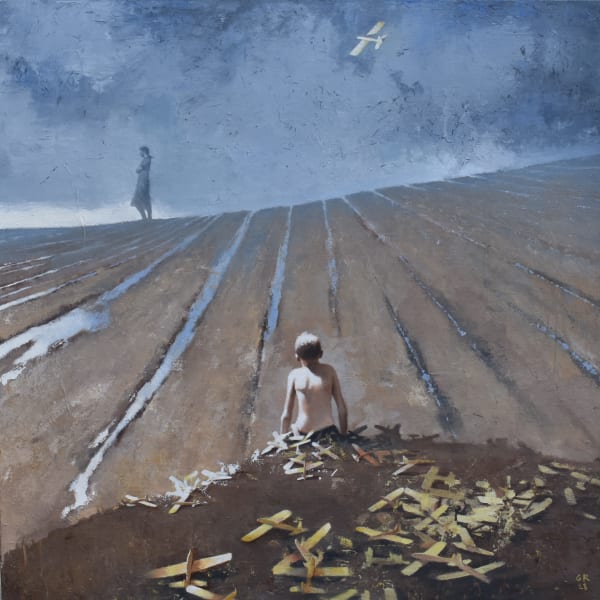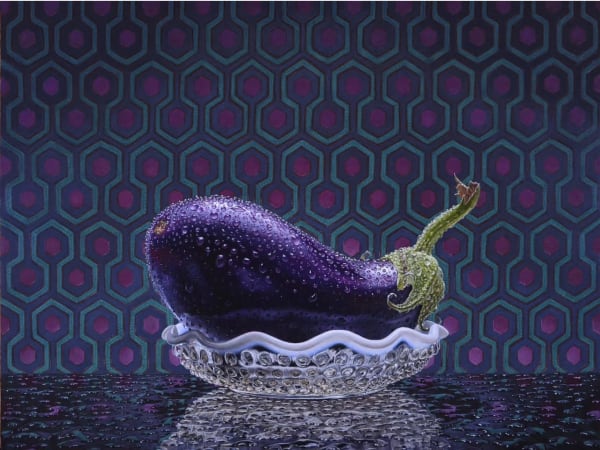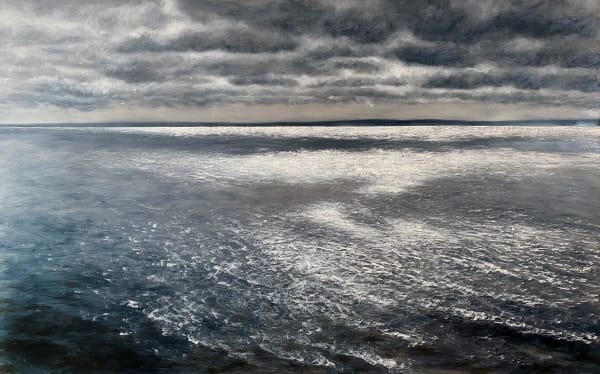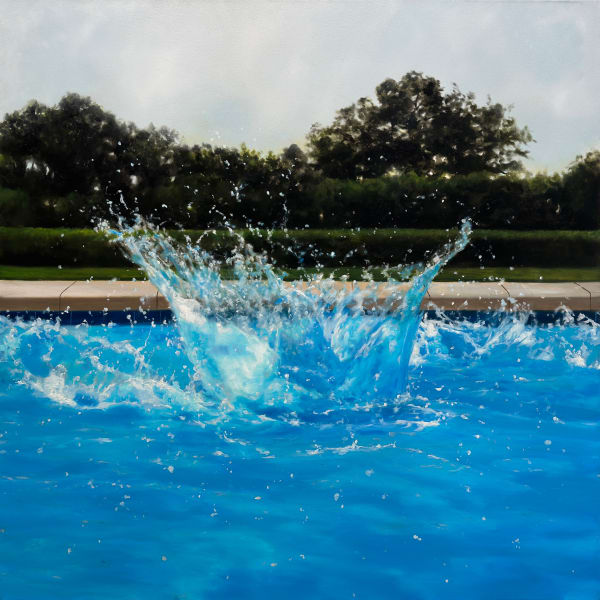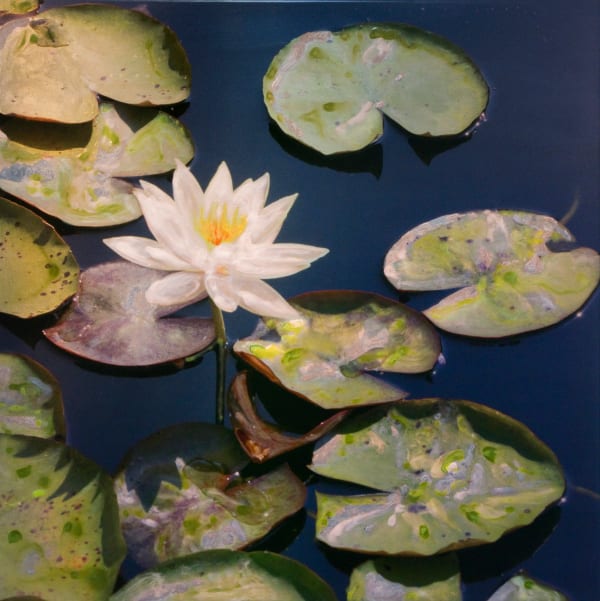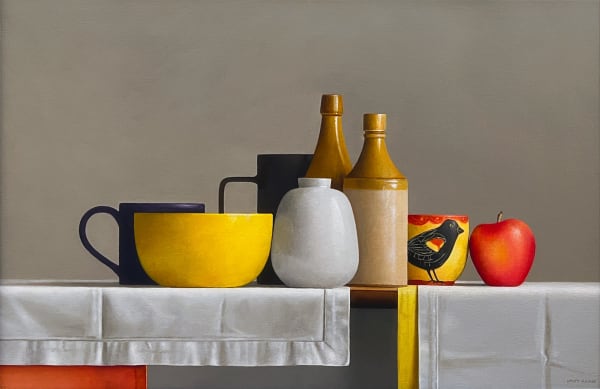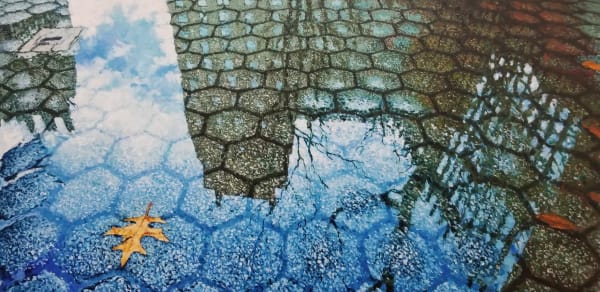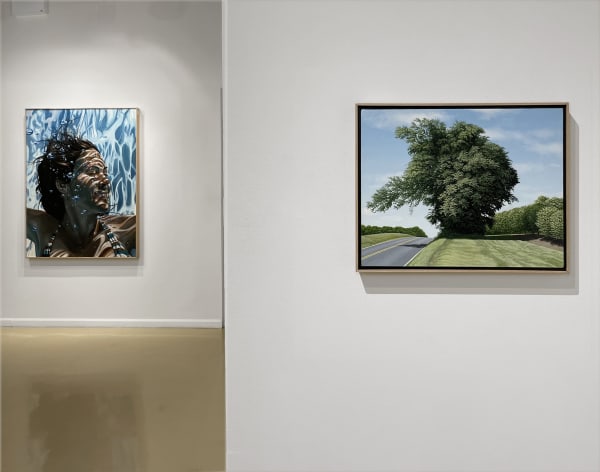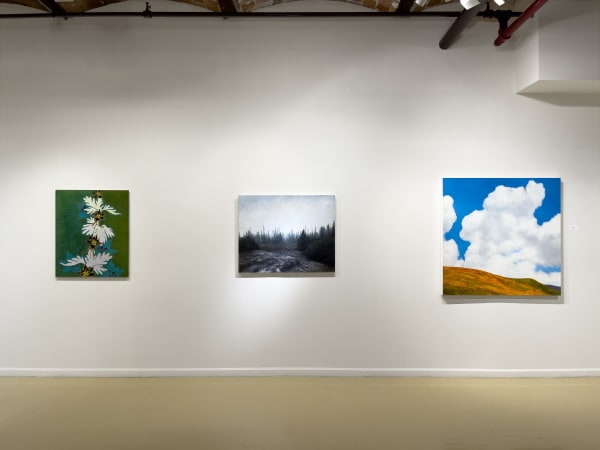Natural World: Group Exhibition
-
 Gary Ruddell, AIRMAIL, 2023
Gary Ruddell, AIRMAIL, 2023 -
 Anita Mazzucca, THE ROAD TO COLTS NECK, 2022
Anita Mazzucca, THE ROAD TO COLTS NECK, 2022 -
 Patricia Traub, WHITE FACED OWL WITH CURLED TOES, 2023
Patricia Traub, WHITE FACED OWL WITH CURLED TOES, 2023 -
 Sunghee Jang, BEFORE NIGHTFALL, 2023
Sunghee Jang, BEFORE NIGHTFALL, 2023 -
 Eric Zener, SUPERBLOOM, 2023
Eric Zener, SUPERBLOOM, 2023 -
 John Evans, DURHAM, 2023
John Evans, DURHAM, 2023 -
 Lisa Lebofsky, SWASH, 2023
Lisa Lebofsky, SWASH, 2023 -
 Janet Rickus, BEING GREEN II, 2023
Janet Rickus, BEING GREEN II, 2023 -
 Annette Davidek, #22-17 , 2022
Annette Davidek, #22-17 , 2022 -
 Eric Wert, AUBERGINE, 2023
Eric Wert, AUBERGINE, 2023 -
 Richard Combes, FALLEN LEAVES CENTRAL PARK, 2023
Richard Combes, FALLEN LEAVES CENTRAL PARK, 2023 -
 Susan Goldsmith, KAMALA, 2023
Susan Goldsmith, KAMALA, 2023 -
 Anita Mazzucca, LONG SHADOWS ON THE SNOW, 2023
Anita Mazzucca, LONG SHADOWS ON THE SNOW, 2023 -
 Richard Combes, FALL REFLECTION CENTRAL PARK, 2023
Richard Combes, FALL REFLECTION CENTRAL PARK, 2023 -
 Lisa Lebofsky, SIREN SONG, 2021
Lisa Lebofsky, SIREN SONG, 2021 -
 Eric Wert, PLUMS, 2023
Eric Wert, PLUMS, 2023 -
 John Evans, REASONABLE TIDE, 2022
John Evans, REASONABLE TIDE, 2022 -
 Annette Davidek, #22-16, 2022
Annette Davidek, #22-16, 2022 -
 Susan Goldsmith, ALL IS (Triptych) , 2022-23
Susan Goldsmith, ALL IS (Triptych) , 2022-23 -
 Eric Zener, MONTECITO MORNING, 2023
Eric Zener, MONTECITO MORNING, 2023 -
 Susan Goldsmith, WHITE YAZI, 2023
Susan Goldsmith, WHITE YAZI, 2023 -
 Sunghee Jang, MOVING WALKWAY, 2023
Sunghee Jang, MOVING WALKWAY, 2023 -
 Patricia Traub, RESCUER WITH OWLS, RABBITS, AND A FERAL GOAT, 2017
Patricia Traub, RESCUER WITH OWLS, RABBITS, AND A FERAL GOAT, 2017 -
 Janet Rickus, STEPHANIA'S HEART, 2022
Janet Rickus, STEPHANIA'S HEART, 2022 -
 Gary Ruddell, YELLOW MOON, 2018
Gary Ruddell, YELLOW MOON, 2018 -
 Richard Combes, CENTRAL PARK / 5TH AVENUE REFLECTION, 2023
Richard Combes, CENTRAL PARK / 5TH AVENUE REFLECTION, 2023 -
 Sunghee Jang, LAZY DAY, 2022
Sunghee Jang, LAZY DAY, 2022 -
 Lisa Lebofsky, WHEN THE FOG LIFTED, 2023
Lisa Lebofsky, WHEN THE FOG LIFTED, 2023 -
 Anita Mazzucca, ON THE ROAD THROUGH THE ORCHARDS, 2016
Anita Mazzucca, ON THE ROAD THROUGH THE ORCHARDS, 2016 -
 Janet Rickus, GIACOMETTI'S PEAR, 2023
Janet Rickus, GIACOMETTI'S PEAR, 2023 -
 Gary Ruddell, THE DISBELIEVER, 2023
Gary Ruddell, THE DISBELIEVER, 2023 -
 Patricia Traub, DRAWING OF LION WITH TRACKING COLLAR, 2023
Patricia Traub, DRAWING OF LION WITH TRACKING COLLAR, 2023 -
 Eric Wert, MAGNOLIA, 2022
Eric Wert, MAGNOLIA, 2022
Gallery Henoch is pleased to present Natural World, a group exhibition with 12 artists who utilize nature as both motif and muse in their painting process. Subjects ranging from landscapes and seascapes to still life and wildlife offer the inspiration to create and communicate ideas on beauty, time, relationships, conservation, and transformation. An opening reception for the artists will be held Thursday, October 12th from 6-8 PM. The event is free and open to the public.
Nature, and more specifically animal life, was the first subject represented in the visual arts, as early as 45,500 years ago, archaeologists believe. With depictions ranging from literal to abstract, the natural world mesmerizes by its complex existence: a balancing act of frailty and resilience, frequently acting as metaphor for the human experience. Landscapes and seascapes showcase nature’s beauty while offering a sense of place. Plants and produce can be elevated within the artificial stage of a still life to offer focused study in a humanized context. Even the ephemerality of light, air, and absence are a stimulus for artists to re-interpret their surroundings.
Patricia Traub’s animal paintings are made both in celebration of her subjects’ beauty and instinctual nature, as well as a call for preservation of endangered species and empathy among all living things.
Richard Combes’ and Sunghee Jang’s exacting and exaggerated perspectives accentuate the vantage points from which they set their subjects’ focus. By starting low to the ground or facing an alternative direction, Combes can draw attention to the unsung natural elements that provide a framework for life in New York City. Whereas Jang takes to task the portrayal of the ethereal character of air and light by showcasing shadow and reflection in otherwise common architectural spaces.
In John Evans’ paintings, his signature seascapes and botanical gardens are distilled down to color and form, presented as gestural summations of sites the artist has visited repeatedly over many years. Also depicting familiar yet ambiguous environments, Gary Ruddell’s allegorical landscapes offer a world where his isolated figures can connect to nature and each other.
Eric Zener is drawn to the sense of refuge, renewal, and transformation the natural world offers. Through forested landscapes or deep ocean waters, Zener connects an ephemeral quality of this realm to forces greater than ourselves.
Lisa Lebofsky travels extensively to discover her water subjects. By painting plein-air, on site, she can imbue a visceral sense of place into crashing waves or calm seas. Anita Mazzucca finds inspiration closer to home. The New Jersey artist painstakingly details lush trees and shrubbery alongside manicured lawns and country roads, balancing traces of humanity within the natural environs of her region.
For their still life paintings, both Janet Rickus and Eric Wert handpick fruits or vegetables particularly evocative in their shape and color. Rickus positions her produce with carefully selected pottery, conjuring up a connection of their symbolic relationships and the people who utilize them. Wert sets his garden grown subjects in the spotlight with hyper-realistic precision. He further elevates his still lives by adding water droplets, inverted reflections, and highly patterned backgrounds as an almost supernatural depiction of his humble subjects.
Annette Davidek creates often ambiguous shapes that reference life forms ranging from exotic plants and fungi to microscopic organisms. Thin paint layers with repetitive patterns and ghosted imagery outlined with sharp pops of color combine to suggest an otherworldly side of natural phenomenon.
Susan Goldsmith’s passion for flora and fauna are highlighted through her use of mixed media. She combines paint, precious metals, photography, and resin to emphasize the radiance in the minutiae of the natural world.

